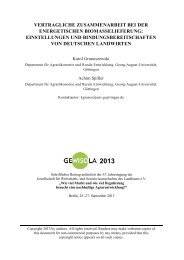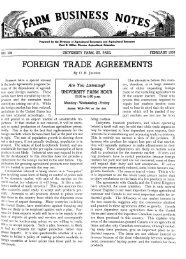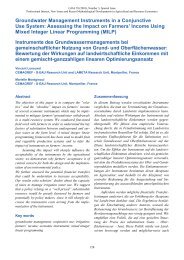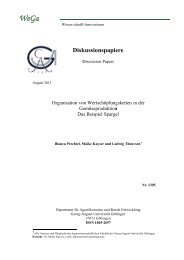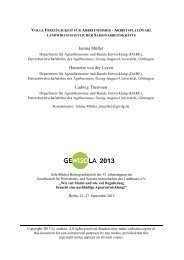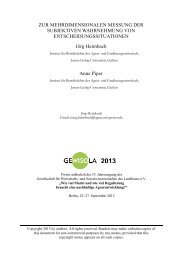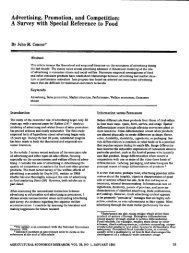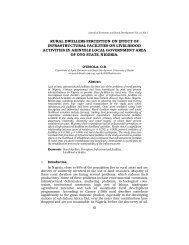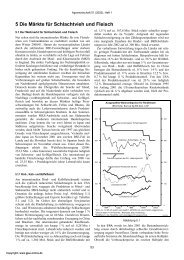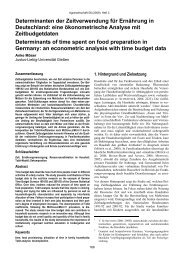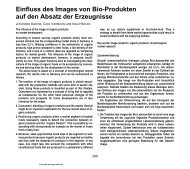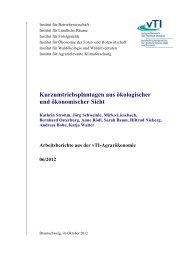District Institutes of Education and Training - Teacher Education
District Institutes of Education and Training - Teacher Education
District Institutes of Education and Training - Teacher Education
You also want an ePaper? Increase the reach of your titles
YUMPU automatically turns print PDFs into web optimized ePapers that Google loves.
<strong>District</strong> <strong>Institutes</strong> <strong>of</strong> <strong>Education</strong> <strong>and</strong> <strong>Training</strong>: A Comparative Study in Three Indian States<br />
make use <strong>of</strong> your experience. That could be lack <strong>of</strong> confidence, that could be<br />
lack <strong>of</strong> resources, that could be lack <strong>of</strong> confidence, I don’t know, but it is not<br />
advisable. But somehow it is happening (January 2000).<br />
The question <strong>of</strong> autonomy, then emerges not only as a structural issue, where there<br />
are clearly tensions between operating procedures <strong>and</strong> espoused aims for DIETs;<br />
but also as an issue <strong>of</strong> perception that is also a powerful force in promoting or<br />
preventing decentralisation.<br />
DIETs in the project sample were at different stages in their capacity <strong>and</strong> will to<br />
accept the accountability <strong>and</strong> responsibility that decentralisation dem<strong>and</strong>s. Where<br />
that capacity is well developed, as in Surat DIET, there was little argument about<br />
autonomy as the Principal simply exercised it. He had the full support <strong>of</strong> the<br />
GCERT in this, as his DIET could translate GCERT policy ideas into action,<br />
providing good practices which were publicised across the State. At the State level<br />
in Gujarat, autonomy was also supported by the conscious <strong>of</strong>ficial effort made to<br />
flatten hierarchies <strong>and</strong> be approachable, which was not the case in either Rajasthan<br />
or Madhya Pradesh. Interviews with Surat DIET Principal <strong>and</strong> the GCERT<br />
Director also conveyed a strong sense that both these institutions were there to<br />
support teachers. This was less in evidence in the other two States.<br />
6.2.3 Structural changes to promote autonomy<br />
In 2000, autonomy at the DIET level in Madhya Pradesh was precipitated by<br />
comprehensive institutional reform, underpinned by a rationale that ‘people <strong>and</strong><br />
not bureaucracies should drive primary education <strong>and</strong> literacy’ (RGSM 1999: 7).<br />
Responsibilities for <strong>District</strong> level planning <strong>and</strong> budgeting were devolved to the<br />
<strong>District</strong> level, where three convergent <strong>of</strong>fices were created, with the DIET firmly<br />
attached to one <strong>of</strong> them; <strong>and</strong> responsibility for recruitment to DIET is also<br />
devolved. Further detail on this is given in Annex 4.<br />
Neither Rajasthan nor Gujarat had initiated swingeing reforms to promote<br />
decentralisation <strong>and</strong> people’s participation in this way, although both <strong>of</strong> them<br />
made significant changes that promised to impact positively on DIETs.<br />
In Rajasthan, DIETs were transferred into the Panchayati Raj management <strong>of</strong><br />
elementary education which brings them under the same umbrella as elementary<br />
schools. This should begin to mark out the DIET as a special posting within<br />
elementary education rather than a transferable post within the secondary sector,<br />
although the SIERT Director believed that the pool for recruitment to the DIET<br />
was still likely to be within the secondary sector (RAJ/SIERT Director 22.2.01).<br />
It may also lead to closer relations between relevant <strong>Education</strong> Department<br />
116 DFID



